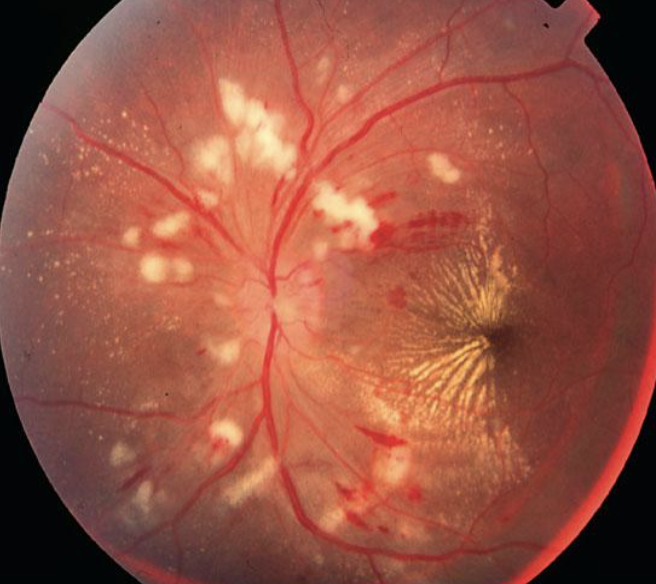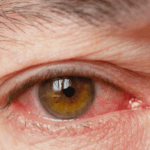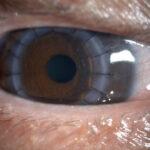The retina is the clear photosensitive tissue that is located at the back of the eyes. It helps to process and transform light into nerve signals. The nerve signals will be interpreted in the brain, providing visions. Serious medical conditions could affect the retina, such as high blood pressure (hypertension).
Hypertensive retinopathy (HR) is an eye disease in the retina due to complications of high blood pressure (hypertension). Poor control of high blood pressure may cause vascular disease changes without being aware of it. As a result, the retina’s blood vessel walls will thicken, causing the blood vessels to become narrow and restrict the blood flow reaching the retina. Over time, high blood pressure can limit the functioning of the retina by putting pressure on the optic nerve. Eventually, it can cause vision problems. For this reason, it is essential for patients with high blood pressure to have a regular eye check.
Older people are at a higher risk of developing high blood pressure and, therefore, most likely to develop hypertensive retinopathy. The following conditions can also increase your risk of hypertensive retinopathy: They include prolonged high blood pressure, heart diseases, atherosclerosis, diabetes, smoking, high cholesterol, obesity, having an unhealthy diet, having a family history of high blood pressure, and heavy alcohol consumption.

Symptoms and signs
Generally, a person with mild hypertensive retinopathy might not experience any or very mild symptoms. The patient usually becomes more symptomatic as it progresses and in the late stages. However, an ophthalmologist can detect early stages by identifying vascular changes during fundus examination.
- Common symptoms include:
- Blurred vision
- Subconjunctival haemorrhage (bleeding in the white part of the eye)
- Double vision accompanied by a headache
Controlling high blood pressure is the only way to treat hypertensive retinopathy. Therefore, lifestyle changes that include quitting smoking, exercising regularly, losing weight, dietary changes, and reducing alcohol intake help to reduce the risk of this disease.
However, individuals with hypertensive retinopathy are at risk of developing various complications. This includes the following:-
- Retinal artery occlusion: It occurs when blood clots block the arteries that carry blood to the retina. This results in insufficient oxygen or blood supply in the retina, which may cause loss of vision.
- Retinal vein occlusion: This condition occurs when a blockage in the retinal veins prevents blood from being carried away from the retina. A blood clot in the veins causes it.
- Ischemic optic neuropathy: This condition occurs when high blood pressure blocks normal blood flow within the eyes and leads to damage to the optic nerve, which responsibly transmits images to the brain.
- Malignant hypertension: This condition occurs when a sudden increase in blood pressure interferes with vision, causing sudden vision loss. However, this condition rarely happens but it could be potentially life-threatening.
Hypertensive retinopathy is also associated with an increased risk of stroke and heart attack. Prevention of hypertensive retinopathy is possible by carefully managing high blood pressure and related conditions like diabetes. Lifestyle changes such as quitting smoking, losing weight, exercising regularly, and having a healthy diet could also help prevent hypertensive retinopathy. People with high blood pressure should monitor their blood pressure regularly and have an annual eye screening. It is urged to visit an ophthalmologist as soon as possible if there is a significant sign and symptom of hypertensive retinopathy.






